July 20, 2021
Lewis and Clark camped at the site of this park October 16, 1805. With them was Sacajawea [spelling as provided by the park], a young Shoshone woman who was the wife of Toussaint Charbonneau, one of Lewis and Clark’s interpreters. The site at the confluence of the Snake and Columbia Rivers was a Native American site for fishing, trading and socializing by Wanapum, Yakama, Walulapum (Walla Walla), Umatilla, Palouse, and Nez Perce tribal members. This park tells the story of Sacajawea. We were disappointed that the interpretive center was not open and that we were visiting on our last day in the area.
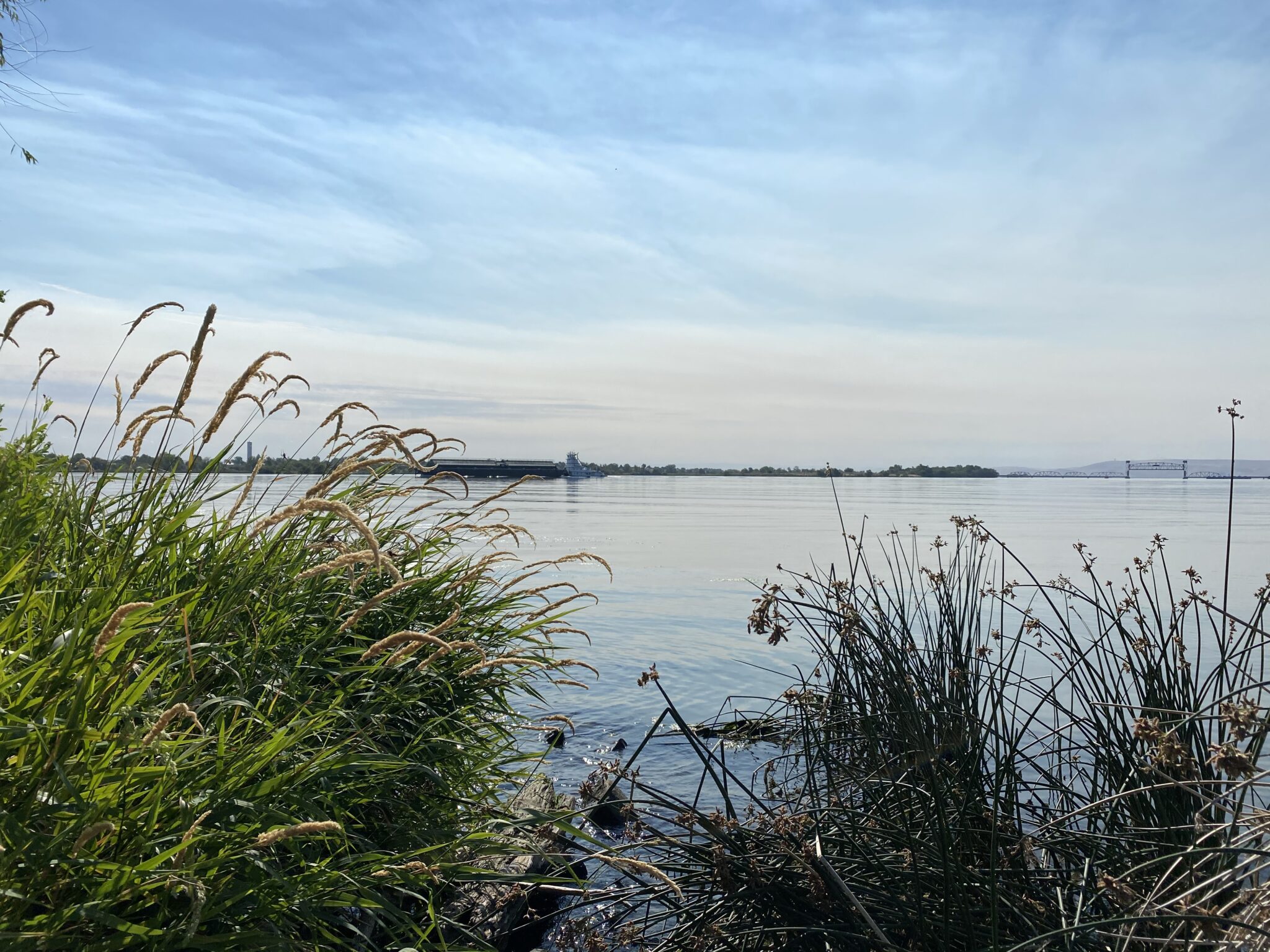


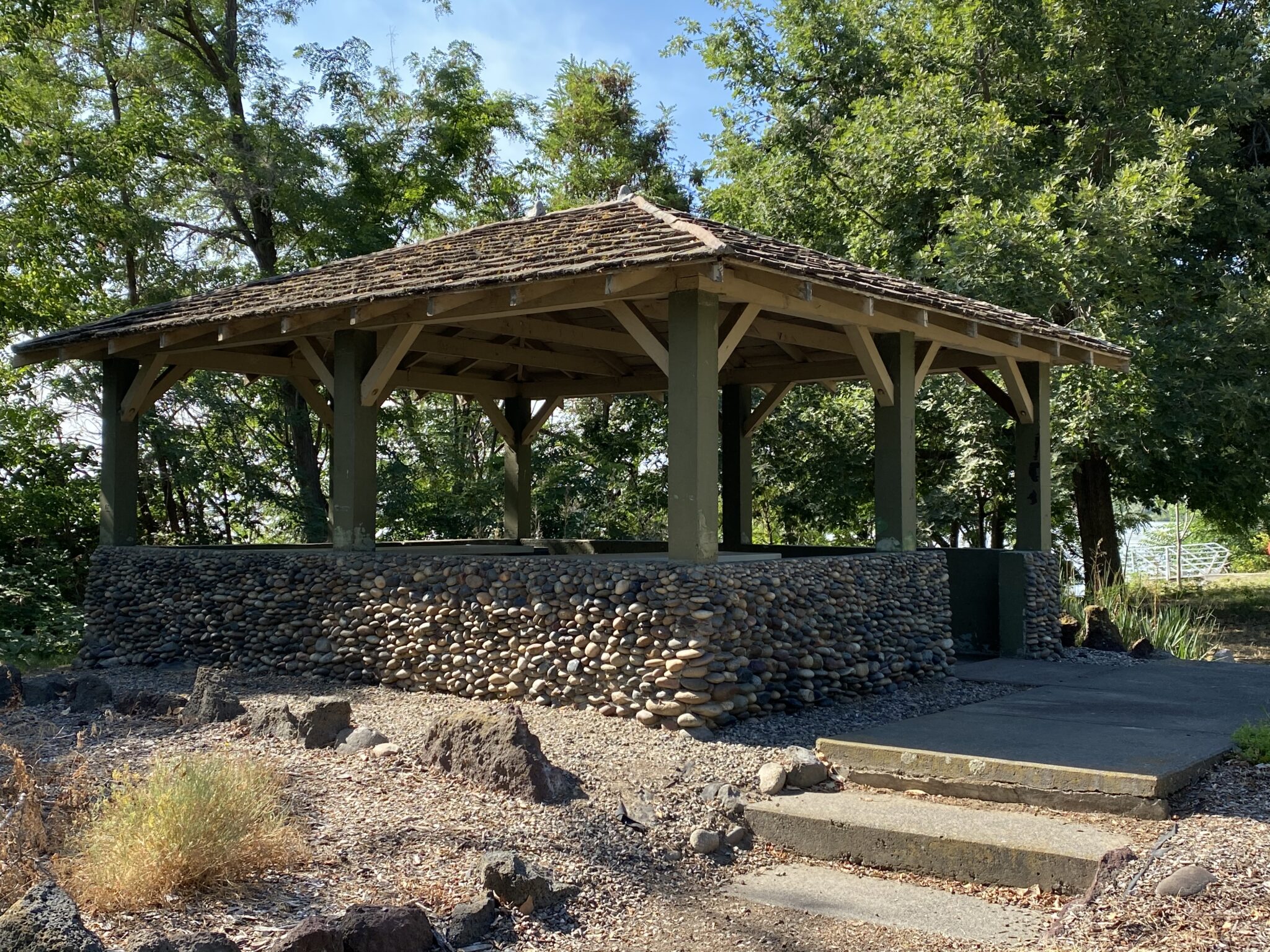
Architect Maya Lin has designed a number of installations including one at Sacajawea Historical State Park that features story circles. She wrote, “Each [Story Circle] frames and tells you a little bit more about this place in terms of the Native American tribes who came here.” There are seven circles, some set in the ground and some above, that evoke the cultures, language, flora and fauna, geology and natural history of the site.
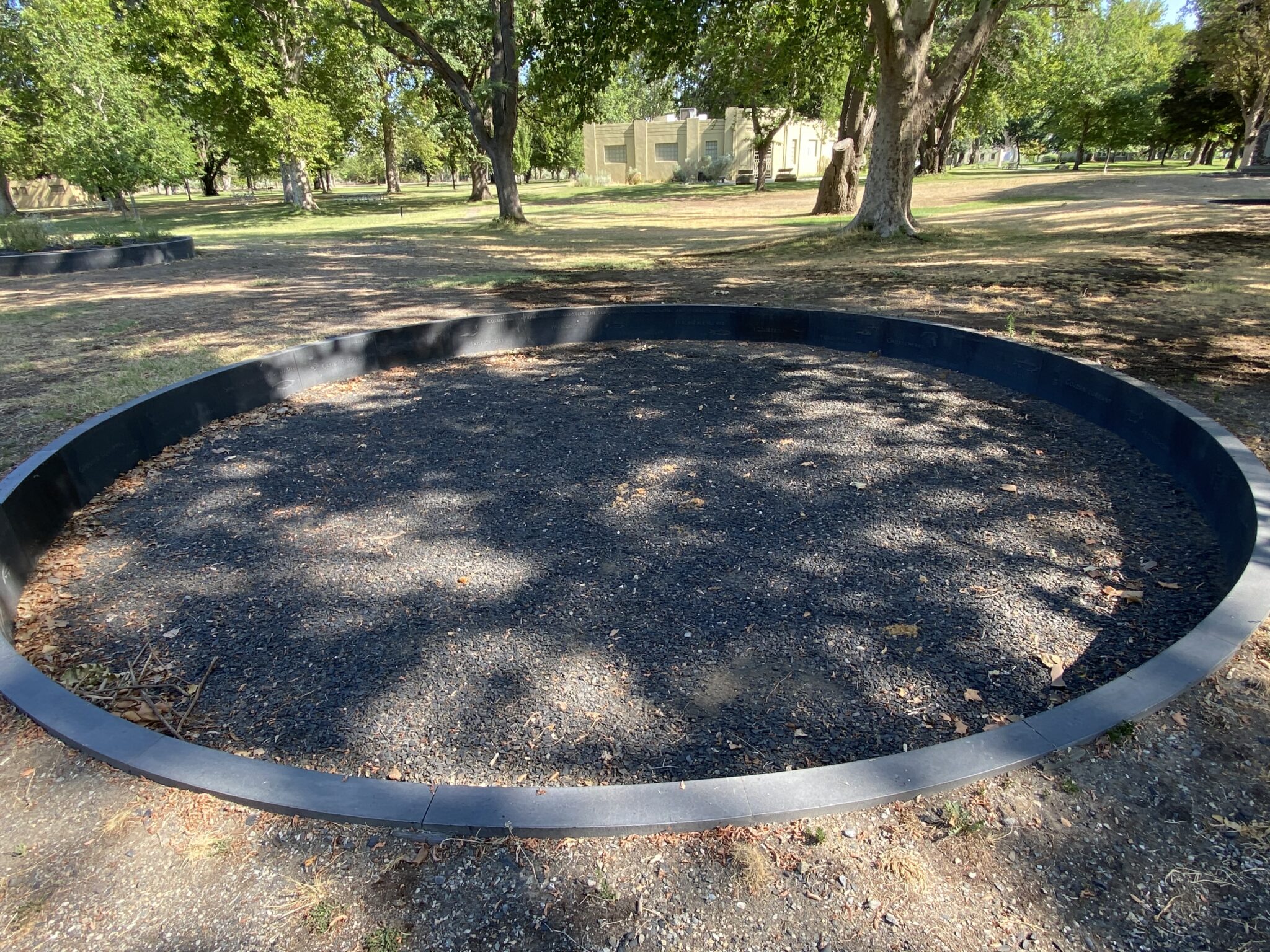
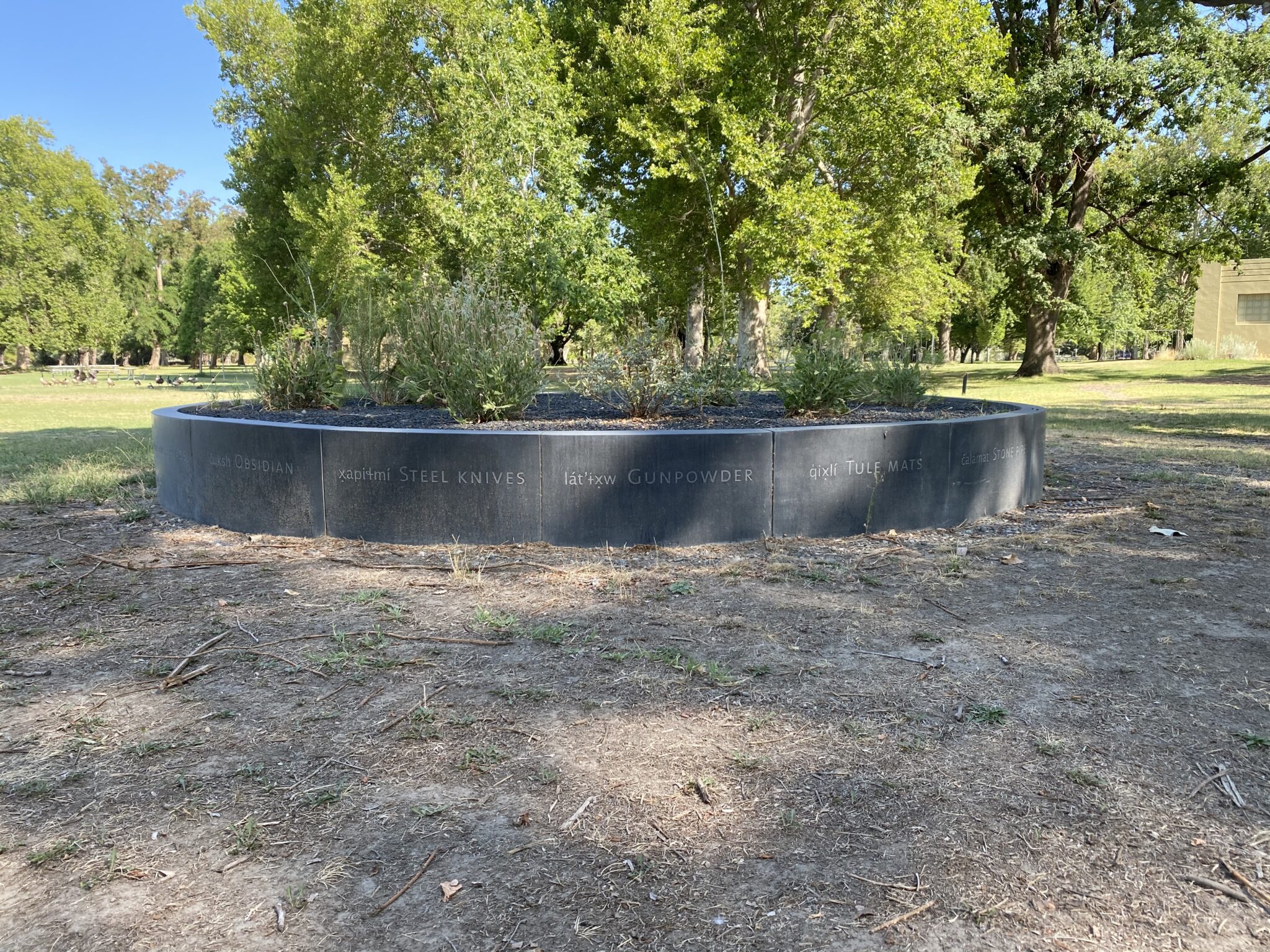

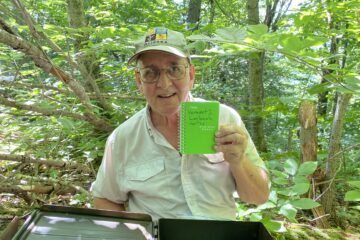
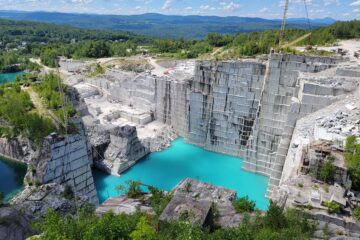
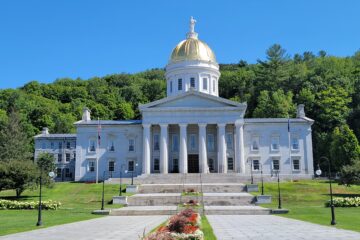
2 Comments
Alice Mcgregor · August 3, 2021 at 4:20 pm
A friend just returned from a cruise on the Columbia. Their tour guide told them the correct pronunciation of her name that was phonetically recorded in a crewman’s journal. Apparently there was no J sound in her language so it is pronounced sa kaw’ ga wah.
Jane Appel · August 3, 2021 at 11:06 pm
Thanks, Alice. Maybe as informational displays are updated the correction will be made.